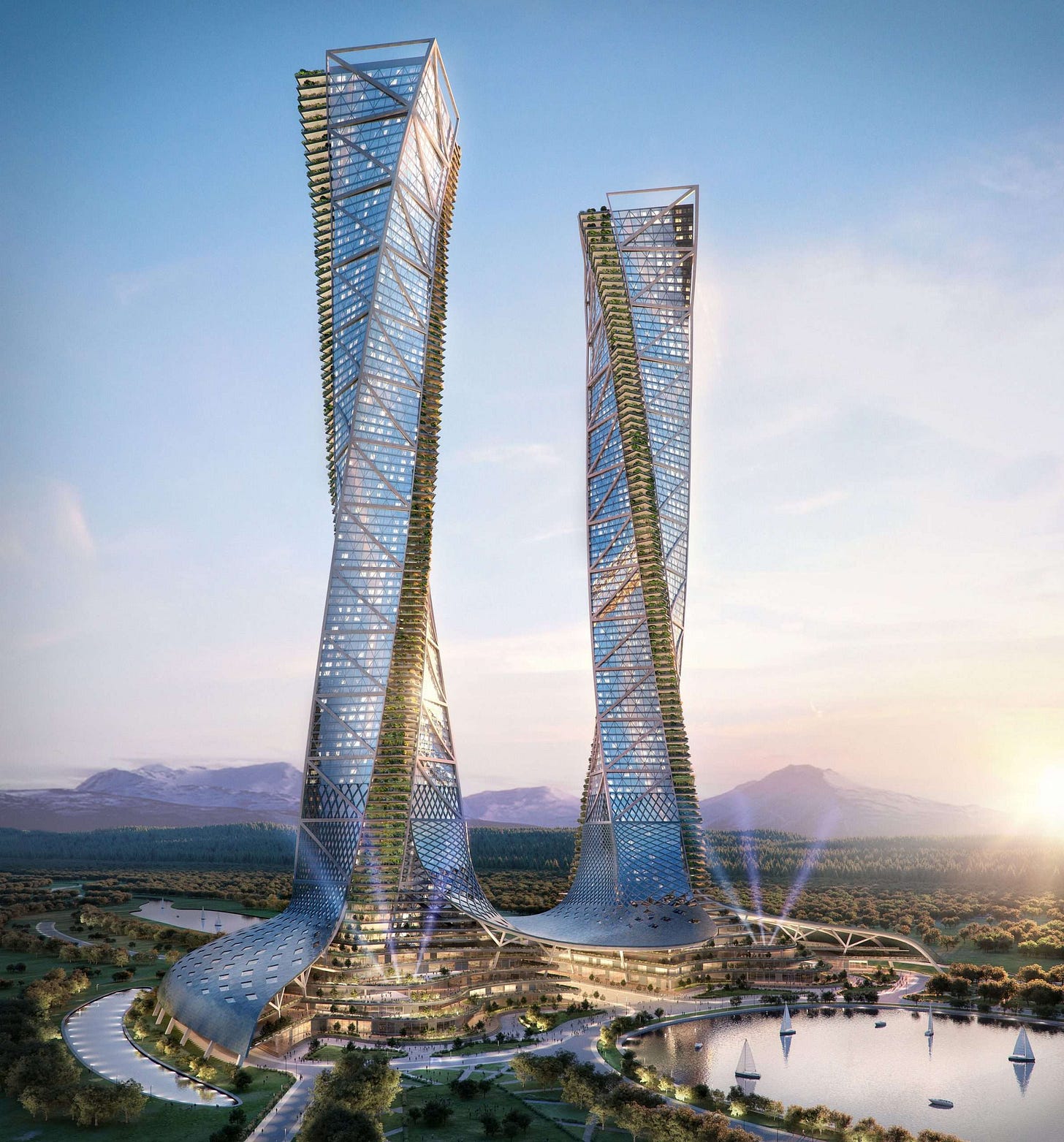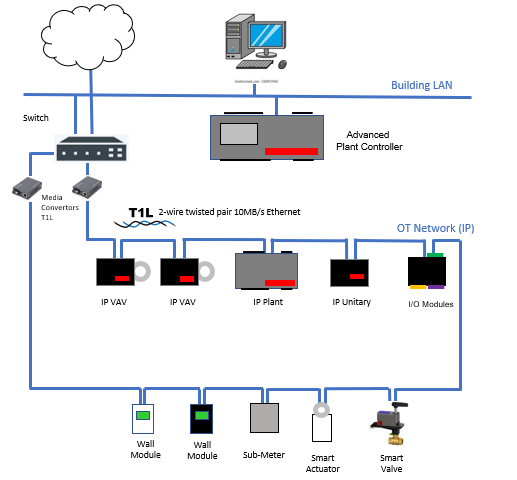BMS reConnect #15: Next Level IP Architectures
This issue is going to the Edge. Also, to the metaverse.
DISCLAIMER
All opinions in this newsletter are my own.
THE METAVERSE
Count me as intrigued by the potential of the metaverse. I’m finding myself increasingly in the camp of “there’s something big developing here” as opposed to being in the camp of “nothing to see here”. Existing metaverse worlds and gaming experiences, such as Decentraland, Roblox, Sandbox and Minecraft (the best selling game OF ALL TIME…by a lot), already have thriving digital asset economies, and digital real estate sells for big bucks. Blockchain technology allows assets to be owned in the digital realm. Much like “real world” real estate, plots in the metaverse can be individually developed as the owner conceives, with value added as improvements are made. One can easily conceive of artistic and efficiency-enhancing metaverse creations that would drive real value through the virtual domain. JP Morgan thinks so.
Corporations are now getting in on it, staking claim on parcels of digital land in prime locations. I suspect things get splashy as more influencers jump in. For context: the plot of land right next to Snoop Dogg’s virtual plot in Sandbox sold for $450k worth of Ethereum in December. (There’s no word yet on the cause of the pungent skunk smell billowing out from the Snoopverse, where the artist dropped a “Sandbox-exclusive” music video a few months ago).
One commonality, and potential drawback, among many of these virtual worlds is that they tend to sprawl; low density suburban/rural lots can be geographically far afield from activity clusters (e.g., where the corporations/influencers will setup shop). Superusers/speculators tend to own many lots that cover vast swaths within the metaverse landscape…but do nothing with it. Low density of user activity in these rural settings leads to low engagement, low engagement leads to lack of innovation, lack of innovation leads to lack of value creation. Here’s a look at Decentraland’s marketplace of available plots (you can buy each one of the colored blocks) to get an idea of what I mean by sprawl:
Ethereum Towers, a developing project that recently caught my attention, takes a different approach to orienting the metaverse experience. Instead of a sprawled canvas of potential plots, this metaverse will be organized as two vertically aligned towers, helixing each to a height of 101 digital stories. Think high density, urban, clustered housing as opposed to suburban sprawl.
The project allows one to purchase “apartments”, which are Ethereum-backed NFTs. Ownership of the NFT for a given apartment will allow the owner to customize the space within…perhaps an art gallery, perhaps a virtual reality spa experience, perhaps an immersive experience world for fans of a given musician or sports team.
There will be community and social spaces dispersed throughout the structure that will allow Occulus-wearing virtual realty-goers to interact with one another. The vertical alignment—and having the number of apartments limited to 4388—solves for the problem of sprawl-induced low engagement. Virtual domains will be stacked on top of one another, and one could envision going to a neighbors Apartment and exploring an entire digital world there.
Overall, I’m interested to see how this all develops. Watch a kid play Roblox or Minecraft for a few minutes and you very quickly see how engaging these immersive, digitized experiences can be. I suspect billionaires (trillionaires???) will be made in the metaverse in the (sooner than you might think) future.
BMS ARCHITECTURES
See below for an image of a pretty typical BMS system architecture. Notice how there are 5 different physical networks required to integrate all of these components into the front end. Many of those networks (all but the IP, really) are operating at sloooow speeds: 9500 Bps, 19200 Bps, etc. And each network requires a technician to be versed in the nuances of installing and commissioning devices on that particular type of network; in an industry (controls) with a perilous skilled labor shortage, this required specialization becomes an even bigger deal.
So here’s what it looks like:
Readers of this newsletter will hearken back to my previous issue, which introduced the concept of utilizing the T1L standard in BMS networking. I will follow up that introduction with an application example in the form of a proposed alternative BMS architecture, as follows:
Everything is IP. Right down to the sensor or valve at the “edge” of the system. The entire system is deployed in a common IP protocol via a twisted pair bus that utilizes the T1L standard. Easier to install and maintain, operating at 10 MBps…lightyears ahead of where most of our existing networks are.
The advantages here are numerous and include network speed, serviceability, and precision of control. One could argue this is a superior architecture for new construction. It certainly is an incredible option in a retrofit scenario.
This is coming, and soon. What do you think?
SUSTAINABILITY
This article provides some info on how the pandemic has impacted trends in energy consumption and carbon emissions in buildings in NYC.
I’m curious, too, about how pandemic mitigation best practices for buildings—specifically introducing more fresh air—will impact energy and emissions over the long term. If more fresh air becomes a more fashionable design standard, energy consumption has to go up.
SPOONMAN
I tend to listen to a song a lot when I am trying to learn it on guitar. Ask my family if they’ve heard the phrase “spoonman” a few times over the past couple of weeks.
Awesome song. Its a banger on my D-16GT acoustic, which absolutely growls in drop D. Such awesome low tones on a Martin.
Watched this video a dozen times or so in the process. This Guy > Me, in terms of guitar talent. It’s not particularly close.









